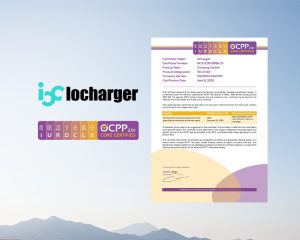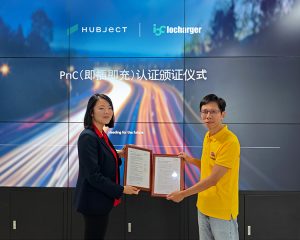DC Charging Station Solutions - Powering the Future of Electric Mobility
Die Nummer 1 der Weltst Full OCPP2.0.1 and Hubject ISO15118 PnC Certified EV Charging Solution
DC Charging Station
DC fast chargers (DCFC chargers), also known as Level 3 EV chargers, are currently the fastest charging option available for electric vehicles.
Unlike Level 1 and Level 2 chargers, which supply alternating current (AC) power that the EV must convert to direct current (DC) for storage, DC chargers use commercial-grade AC power from the grid and convert it to direct current (DC) within the charger before delivering it to the car’s battery. This allows for much higher power transfer rates and faster charging speed.
Whereas Level 1 and 2 chargers can take many hours to fully charge an EV, Level 3 chargers can replenish up to 80% of the car’s battery in as little as 20-30 minutes. DC fast charging stations are the ideal choice for locations where EVs must gain the maximum range in the shortest possible time.
Iocharger DC fast charging stations support dynamic load management, delivering true simultaneous EV charging. Our DC fast chargers are fully compliant with OCPP 1.6J and OCPP 2.0.1 standards, and support ISO15118 and Plug and Charge (PnC) functionalities, providing multiple connectivity levels and various user interaction options.
Key Benefits
Iocharger Has the Right DC EV Charging Solutions to Meet Your Charging Needs
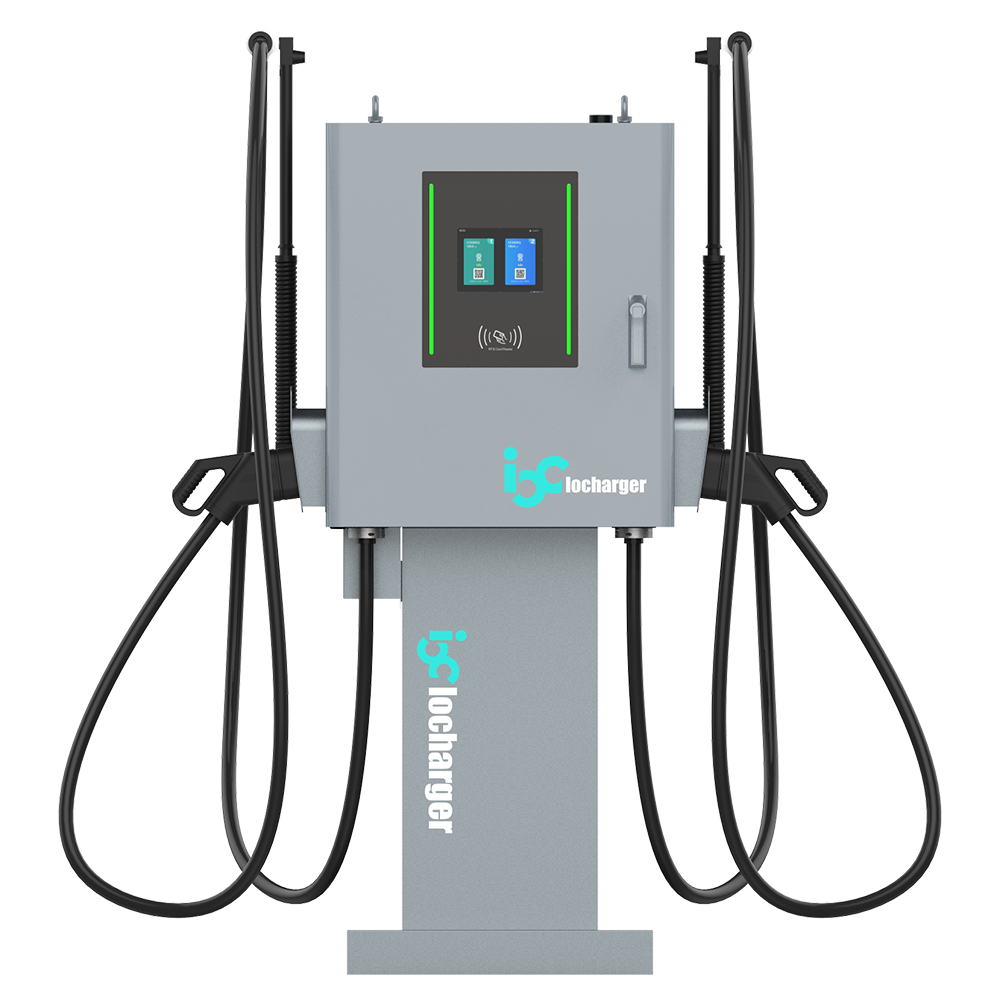
IOCHY2
Wall-mounted or Floor-mounted for Easy Application.
Eingangsleistung: 3-phasig 400V±15% AC
Maximale DC-Ausgangsleistung: 30kW/ 60kW
Ausgangsspannungsbereich DC: 150V-1000V DC
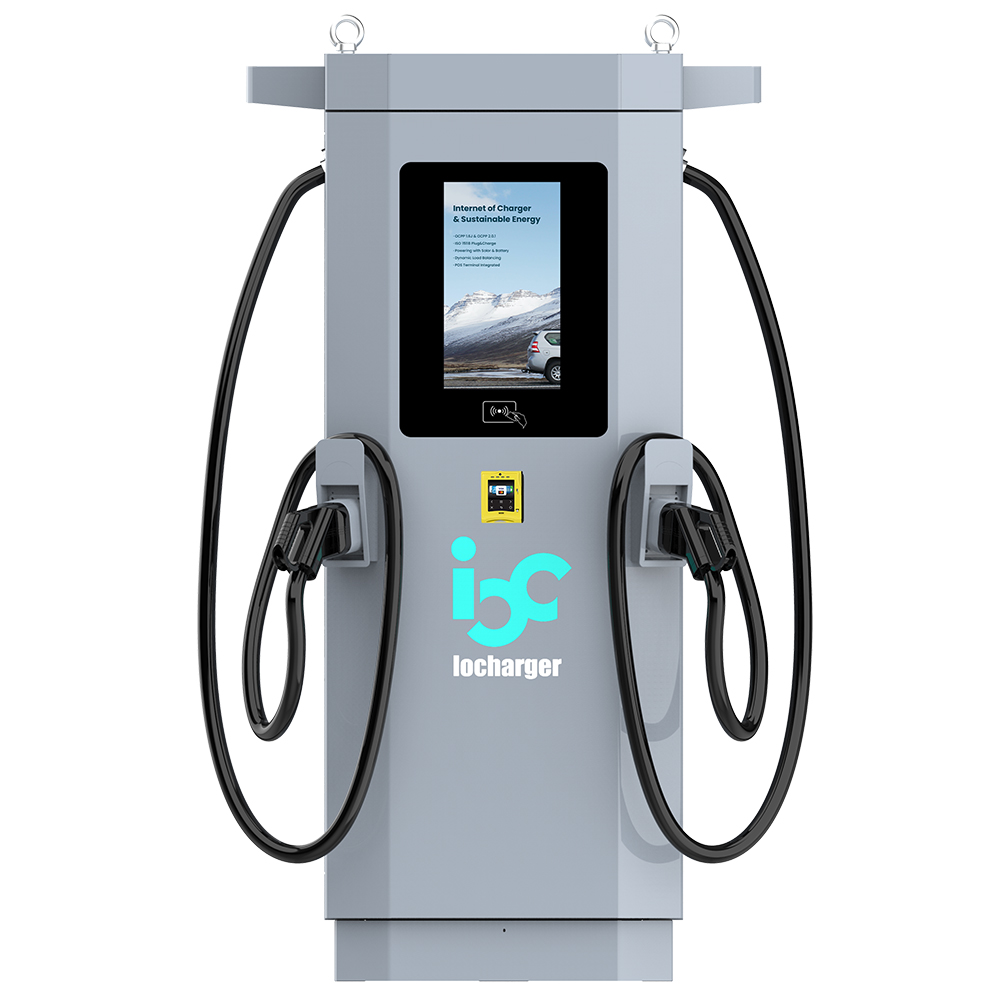
IOCJY2
CE Certified
Eingangsleistung: 3-phasig 400V±15% AC
Max DC output power: 60kW-180kW
Ausgangs-DC-Spannungsbereich: 150-1000V DC
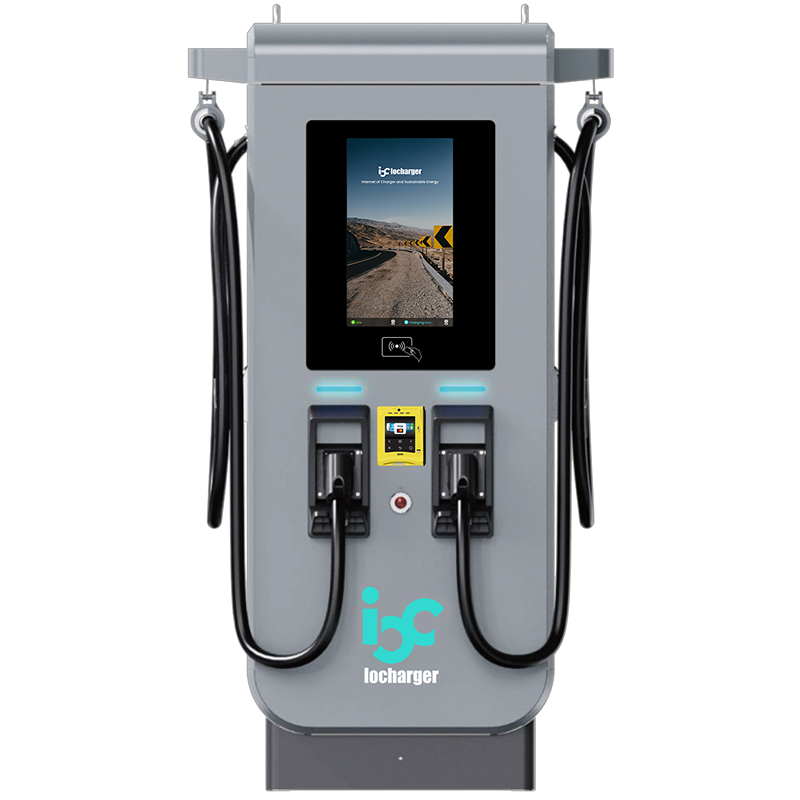
IOCNY2
Integrates with Advertising System for Commercial Use.
Eingangsleistung: 3-phasig 400V±15% AC
Maximale DC-Ausgangsleistung: 60kW-240kW
Ausgangs-DC-Spannungsbereich: 150-1000V DC
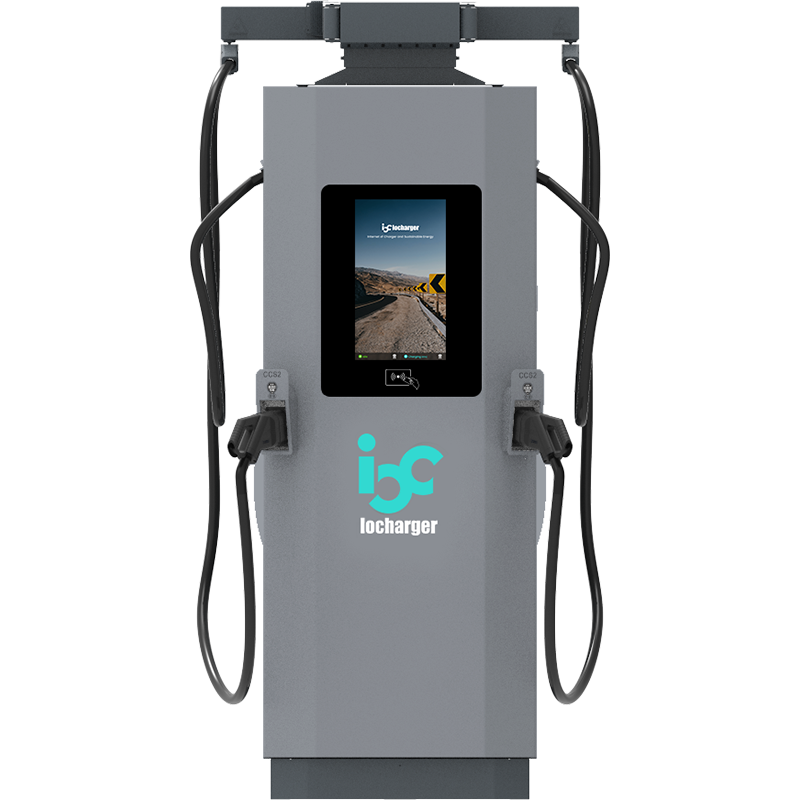
IOCLY2
Ultra Fast Charging Station to Increase Charging Speeds Dramatically
Eingangsleistung: 3-phasig 400V±15% AC
Max DC output power: 240kW-420kW
Ausgangs-DC-Spannungsbereich: 150-1000V DC
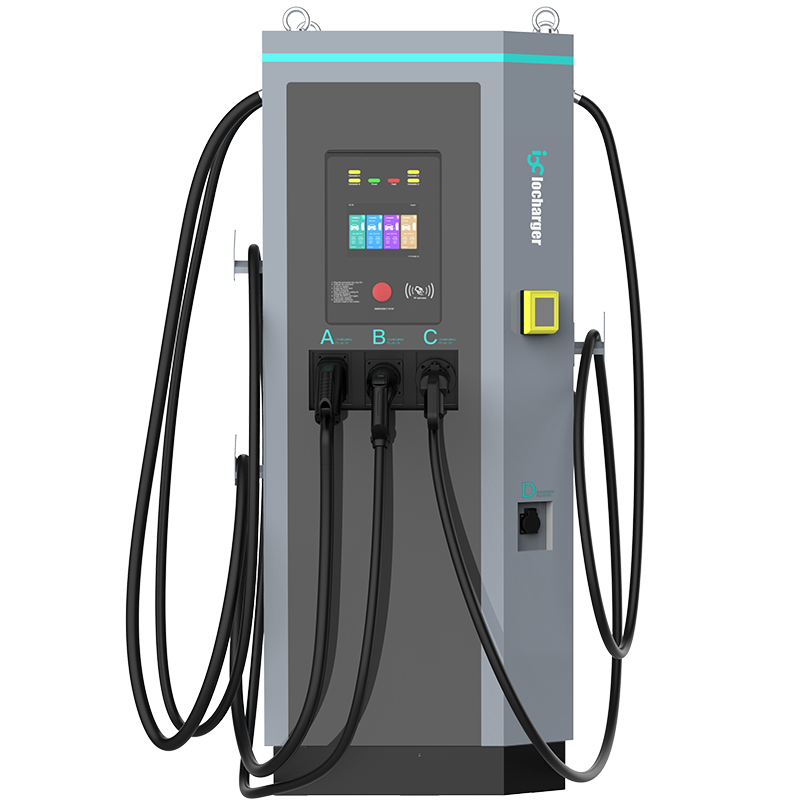
IOCHY3
AC DC Combo Charger that Charges up to 4 Vehicles Simultaneously
Eingangsleistung: 3-phasig 400V±15% AC
Max output power: DC 60kW+AC 22kW/
DC 120kW+AC 22kW
Ausgangs-DC-Spannungsbereich: 150-1000V DC
Iocharger - Professional Commercial EV Charging Solution Provider

OCPP 1.6J mit allen Profilen, einschließlich Smart Charging, OCPP2.0 aufrüstbar
Elektrische Schutzmaßnahmen umfassen Überstrom, Kurzschluss, Überspannung, Unterspannung, Erdschluss, Blitzschlag, Übertemperatur
Unterstützung für verschiedene Installationen wie IT, TN-S, TN-C und TN-C-S
OCPP-Server, Internetverbindung, maximale Stromleistung und andere Systemkonfiguration auf der Webseite über PC, PAD und Mobiltelefon
Dynamische Verteilung der Ausgangsleistung in einem System mit anderen Geräten, abhängig von der verfügbaren Leistung
Dank des dynamischen Phasenausgleichs kann unser System sowohl einphasige als auch dreiphasige Ladevorgänge gleichzeitig abwickeln und so die Nutzung der gesamten verfügbaren Energie optimieren und gleichzeitig ein Ungleichgewicht im Netz verhindern.
FAQs about DC Charging Station
No. Homes usually only have single-phase power, but DC fast chargers need three-phase power, which is only available at commercial or public charging stations.
DC fast chargers require 400-600V three-phase AC power. If you’re unsure about compatibility, contact us for help.
No. Most newer EVs support DC fast charging, but older models or small-battery EVs may not. Check your car’s specs to confirm compatibility.
- CCS-1: Used in North America
- CCS-2: Used in Europe
- CHAdeMO: Used in Japan
- GB/T: Used in China
No. EV batteries have a power limit—once reached, extra charger power won’t speed up charging.
However, high-power chargers are useful because:
– They can charge two EVs at once (dual connectors).
– They’re future-proof—no need to upgrade later when EV batteries improve.
Charging speed depends on:
- Charger Type – Higher kW = faster charging (if the car supports it).
- Vehicle Battery – Charging slows down after 80-90% battery. Older/smaller batteries may charge more slowly.
- Conditions – Cold weather = slower charging. Optimal temperature (20-30°C) = fastest charging.
Im Rampenlicht: Jüngste Entwicklungen
